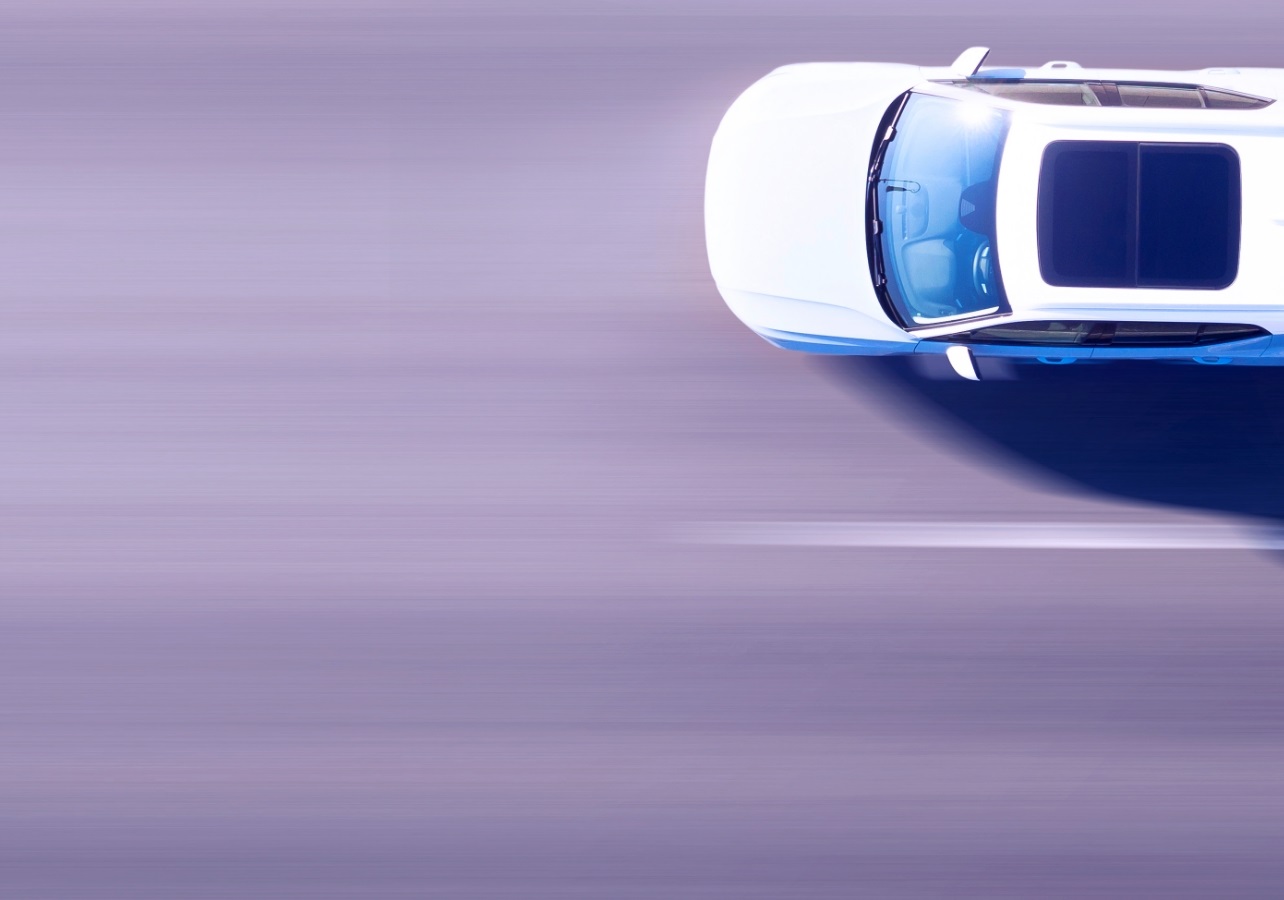Resource Highlights
In this article you will find out about how to deal with Blocked Fuel Filters on Common Rail Applications.

Make | Model | System |
Renault | Common Rail Systems | Diesel Systems |
Ford | Common Rail Systems | Diesel Systems |
Mercedes | Common Rail Systems | Diesel Systems |
Citroen | Common Rail Systems | Diesel Systems |
Peugeot | Common Rail Systems | Diesel Systems |
Jaguar | Common Rail Systems | Diesel Systems |
Suzuki | Common Rail Systems | Diesel Systems |
VW | Common Rail Systems | Diesel Systems |
Nissan | Common Rail Systems | Diesel Systems |
Kia | Common Rail Systems | Diesel Systems |
Hyundai | Common Rail Systems | Diesel Systems |
Ssangyong | Common Rail Systems | Diesel Systems |
Confirmation of the Fault | Common Rail systems demand a high level of filtration to ensure longevity of the system components. In many cases the fuel filter is ignored as more complex items are interrogated to source the root cause in a fault code creation situation. In view of the level of filtration required by the common rail systems, blockage may cause intermittent faults to be noted. If a lack of power is noted under heavy load (high engine speed and heavy acceleration) and faults with the pressure sensor or pressure control are noted, it may be useful to center the diagnostic investigation on the filtration circuit (Refer to the diagnostic manuals for the applications concerned to identify the fault codes). When the filter begins to block up, if there is a high volume fuel demand, the fuel flow is throttled. The amount of fuel provided by the pump is then insufficient, causing a temporary drop in pressure. Pressure control is a contributory factor to limp home or even engine stall situations. |
Resolution | The fuel supply circuit must be inspected (restriction in the circuit, air leak, fuel leaks). Then, the vacuum / pressure between the filter and the pump must be measured using a pressure gauge. This operation must be carried out with the greatest care and cleanliness possible to avoid the ingress of contamination into the system. If the engine fails to start than a mitivac can be used to determine any flow restrictions between the fuel filter and high pressure pump inlet. On vehicles with a low pressure feed pump a positive pressure must exist between filter and high pressure pump. If not, the operation and security of the filter, pipe work and feed pump must be checked. By using a pressure gauge in between the filter and fuel high pressure pump, you can determine if the pressure feed remains positive while running the engine. If the pressure reading becomes negative the filter should be replaced and the system retested. Low pressure systems run typically at 0.5 bar, but the key is that the feed pressure remains positive in all cases. On non-low pressure pumped systems where the engine does run at idle speed, the vacuum should not exceed a value of 200 to 300 mbar between filter and high pressure pump. Values higher than this indicate a system restriction, usually the fuel filter being clogged. |
Service Policy | It is recommended that the Original Equipment filter is fitted on all common rail systems to maintain the security of the hydraulic system. |
SIGN UP TO FIND MORE
Fill yp your details to hear more from our experts and get the latest updates from Delphi.



